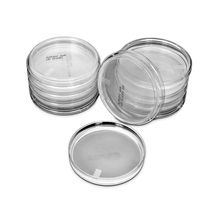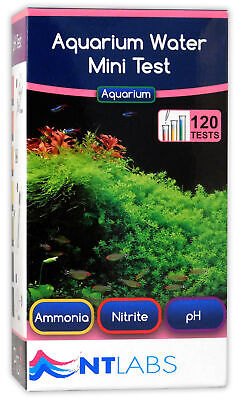Flexnerb
- 1,288
- 163
wow, after reading all this my brain hurts. for myself I have a 120 Gallon barrel I fill with bails of peat, perlite, alfalfa meal, bone meal, blood meal, eggshells, a bunch of salmon bones and skin, potatoes shredded (uncooked), house and garden van de Zwaan roots excelurator, I mix well then lock the lid on for a couple months to brew. hold your nose after but it works well. I mix that with the soil outside and then only water all season and never have I had any issues. I dont know all the science behind it but the plants know what they like and they tell me they like what they got.
I do have a question for a science minded person. I was considering to use peroxide to dissolve eggshells so that it is a faster source of calcium then ph the liquid back to 6.5 and use on my indoor, is this possible? sorry Aquaman, not trying to jack your thread, but it about organic growing..
Soak half broken(font break them up just yet) eggshells in distilled water.
Peel the albumin from inside the shell.
Crush them up in your hand.
Then fry in a pan till half are still the original color and the other half brown.
Then grind them up into a fine powder
Add your apple cider vinegar to it..
Soak for 30 days in a mason jar shake it up a few times a day so the sediment doesnt rot
voila you have cal phos acetate







